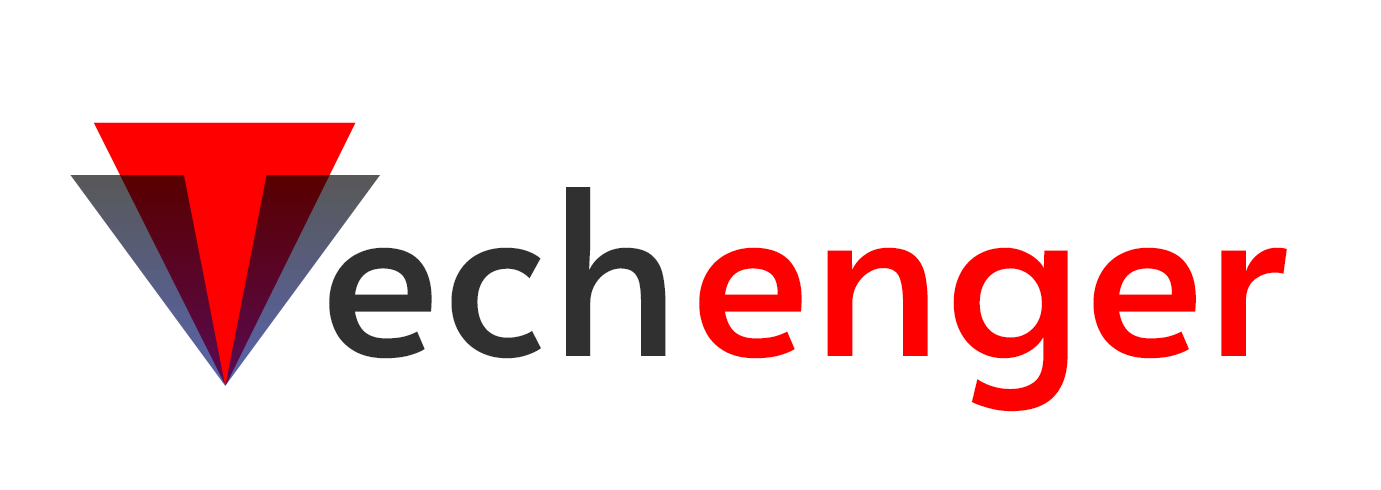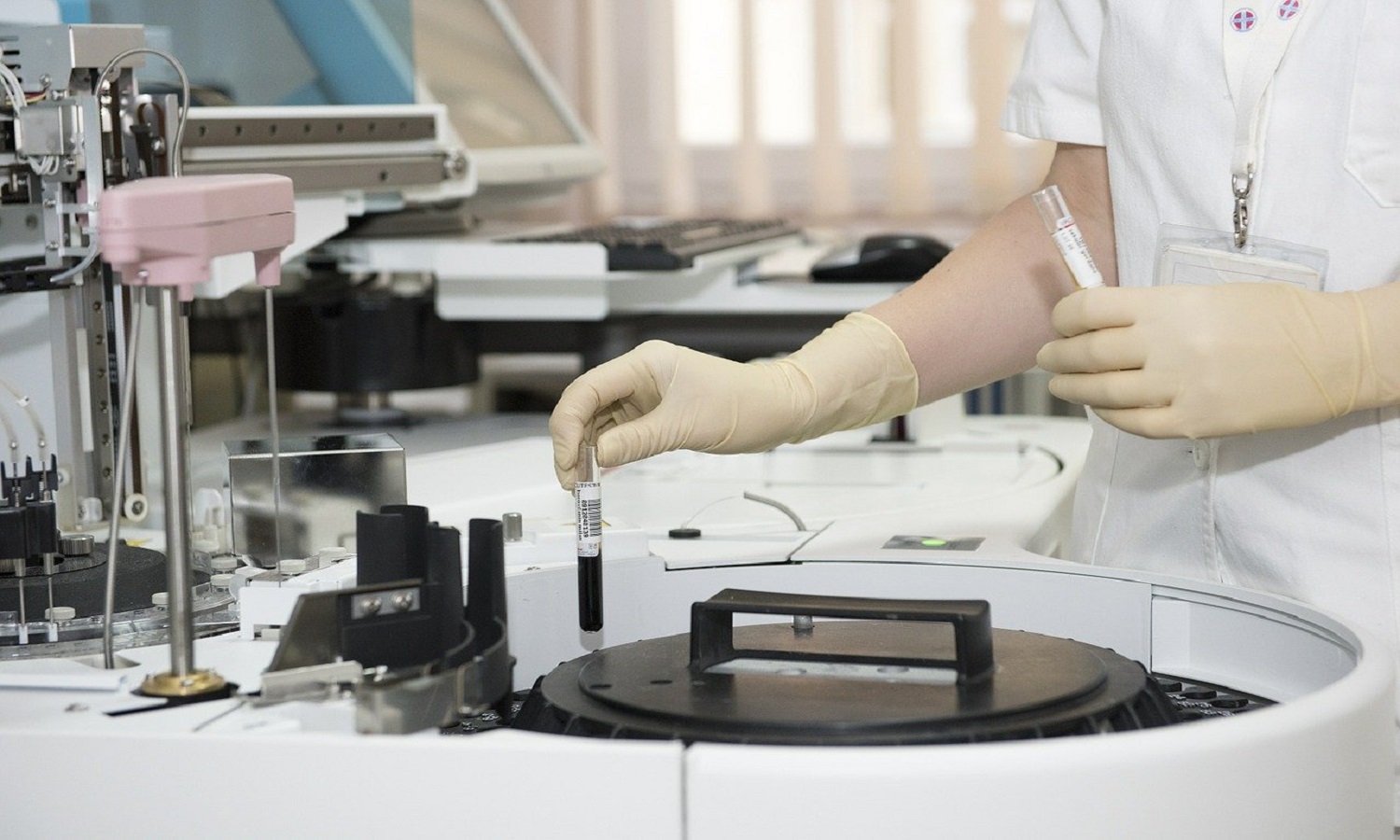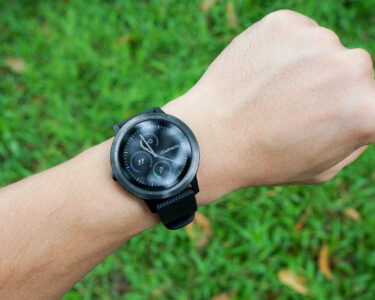The outbreak of global pandemic COVID-19 has altered the way humans lived their lives and made them shift to a new normal.
Doctors and frontline health workers had requested the people to stay quarantined at their homes and avoid meeting people to stay safe from exposure to the virus. Due to the increase in physical distance, technology very conveniently found its way to all the areas of the lives, such as communication, conducting business, buying and selling things, taking online classes, and even meeting the doctor.
Technology has impacted the healthcare sector the most. The changes made in the healthcare sector has changed the way how patients are diagnosed and treated by their doctors. Medical devices powered by cutting-edge technology have revolutionized patient care and treatment methods. Keeping up with market trends and emerging technologies in the medical device space is crucial for healthcare providers.
Conducting thorough market research for medical devices can give insights into the latest innovations and their potential impact. In that regard, companies like IDR Medical can provide valuable intelligence on new medical products and technologies shaping the future of healthcare. You can Visit IDR Medicals website to learn more about them. By staying informed, healthcare facilities can adopt the right technologies to enhance diagnostic capabilities, and treatment efficacy, and ultimately improve patient outcomes.
Read the complete article to find out how technology has influenced the healthcare sector.
Digital Health & Medical Technology Trends in 2021
Table of Contents
1) Telemedicine
The first and widely growing health tech trend is the increasing use of remote medicine. Before the outbreak of the pandemic, the biggest concern about telemedicine was patient’s acceptance. To put it simply, patients preferred to meet doctors in the clinic than over a video or telephonic call.
However, the lockdown imposed has drastically transformed patients’ preference. According to experts, it will create a whole new future for telemedicine in the upcoming time.
According to the statistics of HHS data, there was a sharp increase in telehealth adoption in the US. In the month of February, the telehealth visits were around 0.1%. The percentage rose to 43.5% by the month of April. Considering the increased percentage, it is safe to say that the telehealth industry will continue to flourish even after the end of the pandemic.
It is expected that the telehealth industry will reach the market of $185 billion by the year 2026.
2) 3D Bioprinting
Three-dimensional bioprinting is a type of additive manufacturing that makes use of cells and biocompatible items as ‘bio inks’ to print layer-by-layer living structure that mimics the natural living system’s behaviour.
3D bioprinting combines growth factors, cells, and many other biomaterials to grow a living tissue. Since these tissues mimic the actual living system’s behaviour, they are used to simplify the research. It has enabled the researchers to cut down the expenses and costs of pharmaceutical analysis by conducting their experiments on the tissues created by 3D bioprinting.
And this is the only beginning of the three-dimensional bioprinting in the healthcare world. Researchers are trying to find ways to print implants, devices, and complete living organs that can revolutionize healthcare technology in the upcoming years.
3) Nanomedicine
The branch of medicine that implements the knowledge and tools of nanotechnology to prevent and treat illness is called nanomedicine. It involves the use of nanoscale materials like nanorobots and biocompatible nanoparticles for delivery, sensing, diagnosis, or moving purposes in a living organism.
The application of nanotechnology in healthcare researches offers a wide range of solutions that include nanomaterials, devices, nanorobots, nanoelectronic biosensors, and biocompatible nanoparticles for diagnosing, delivering a drug, or other purposes.
Nanotechnology is growing with an increase in global funding by 40% to 45% per annum.
4) Internet of Medical Things
As the healthcare sector is becoming increasingly digital, connectivity is sure to become an essential attribute to many medical devices and other healthcare technology. For example, care management software in healthcare is now widely used! Connecting the devices and ensuring the safety of data they contain will definitely pose a challenge to the developers; however, it will also open up new horizons like never before.
The experts in the pandemic crises wonder if significant cities and the general Internet of Things can be connected to medical devices for monitoring health data, predicting, and preventing the outbreak of future epidemics. Many believe that Iot in healthcare will give rise to many other possible areas of development in the near future.
5) Changes to Hospital Design and Cleaning Technology
It has become high time to maintain cleanliness in our surroundings. The Coronavirus is contagious and can transmit from one person to another or by touching the items used by the COVID affected.
Hospitals receive hundreds of patients daily, including the ones infected by COVID-19. To prevent virus transmission to other patients, things and areas must be sanitized and thoroughly cleaned to disinfect all the bacteria.
Many hospitals have deployed the use of autonomous robots to clean, sanitize, and disinfect the room in under 15 minutes. These robots emit a germ-killing UV light for decontaminating the rooms.
Moreover, the RFID technology tracks how long and how frequently workers wash their hands. Hospitals have also installed thermal cameras at entrances to check the temperature of the people before entering the premises of the hospital. If the people have increased body temperature, which is the common sign of the COVID-19, they are asked to take a different route to prevent the virus from spreading to other people.
To treat the COVID patients, hospitals use convertible spaces to admit the patients in a critical condition, and doctors use a transparent glass or plastic wall to view the quarantined patients. Moreover, clinics also use handheld buzzers to alert people for their turns so that a crowd doesn’t gather in a waiting area.
6) Wearable Medical Devices
Another bounty bestowed on the healthcare sector by technology is the advent of wearable medical devices. These devices monitor and collect the health data of the patient.
Previously people were inclined towards undergoing a regular checkup to ensure that everything is fine, and if not, it can be treated at its earliest. However, in current times, patients focus more on preventing the disease and maintaining their health. For this reason, they do not wait for yearly checkups. They frequently want to know information about their health.
Healthcare companies are investing a fortune in wearable medical devices that provide updated monitoring of patients at high risk and predicting the probability of any major health event.
By 2023, the wearable medical device market is expected to increase by more than 27 million dollars, which is an enormous leap from 8 million dollars in 2017.
Some of the standard wearable medical devices include:
- Pedometers and exercise trackers
- Heart rate Sensors
- Devices to monitor blood sugar levels of diabetic patients
- Oximeters. It monitors the percentage of oxygen in the blood. It is widely being used by patients suffering from respiratory problems such as asthma
7) Extensive Use of Blockchain
Blockchain is a computerized database or a digital ledger that records and saves transactions. It allows the computers to safely share sensitive or personal information across the network of the computers without involving any third party such as a bank.
The pharmaceutical industries and healthcare are investing millions of dollars in blockchain because of its efficiency to maintain medical records accurately, preventing data breaches, and reducing costs.
By 2023, the blockchain in the healthcare industry is predicted to rise to $890 million.
Wrapping Up
The healthcare sector has advanced technologically and offers more than the apps that helped people to find their nearby emergency doctors.
The trends in the healthcare and pharmaceutical industries look pretty promising and are here to change the future of the healthcare sector.




